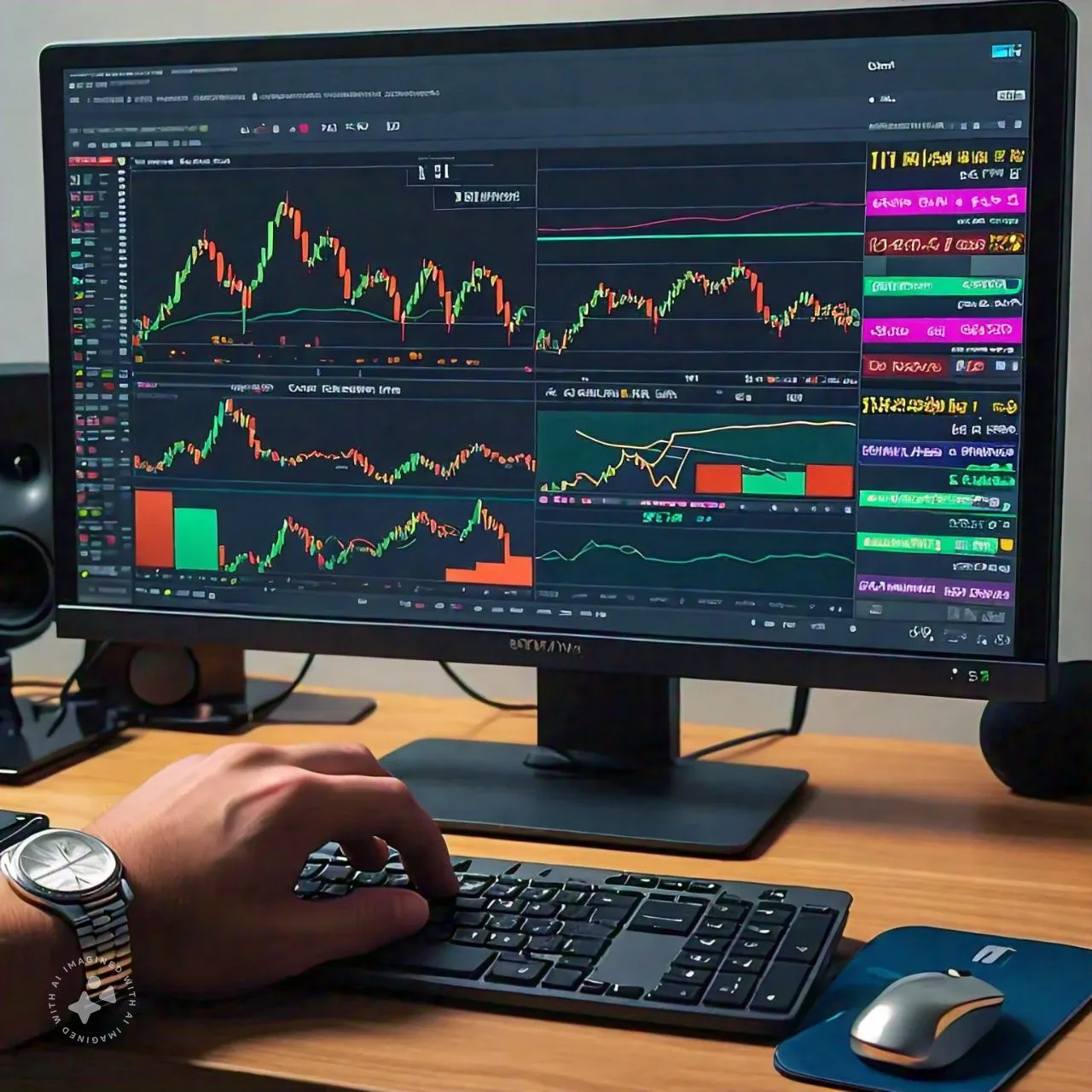Crypto trading has emerged as a popular investment opportunity, attracting millions of traders worldwide. However, the crypto market’s notorious volatility demands a well-thought-out strategy to navigate its unpredictable nature. In this article, we will delve into the world of crypto trading strategies, exploring various approaches, techniques, and tools to help traders maximize profits and minimize losses.
Understanding Crypto Market Dynamics
Before diving into trading strategies, it’s essential to grasp the crypto market’s underlying dynamics:
- Volatility: Crypto prices can fluctuate rapidly, making timing crucial.
- Liquidity: Trading volumes vary, impacting price movements and execution.
- Sentiment: Market sentiment, news, and events influence price trends.
- Security: Robust security measures protect against hacking and fraud.
Crypto Trading Strategies
- Day Trading: Capitalize on short-term price movements, closing positions within a day.
- Swing Trading: Hold positions for a few days or weeks, riding medium-term trends.
- Position Trading: Long-term approach, holding positions for months or years.
- Scalping: Exploit small price movements, making multiple trades in a day.
- Range Trading: Identify price ranges, buying and selling within established boundaries.
- Trend Following: Ride market trends, using indicators and chart patterns.
- Mean Reversion: Capitalize on overbought/oversold conditions, anticipating price reversals.
- Breakout Trading: Enter trades when prices break through established resistance/support levels.
Technical Analysis Tools
- Charts: Candlestick, line, and Renko charts help identify patterns and trends.
- Indicators: Moving averages, RSI, Bollinger Bands, and MACD aid in predicting price movements.
- Oscillators: Tools like Stochastic Oscillator and Ichimoku Cloud gauge market sentiment.
Fundamental Analysis
- Project Evaluation: Assess a cryptocurrency’s underlying value, team, and technology.
- Market Sentiment: Analyze news, social media, and community sentiment.
- Economic Indicators: GDP, inflation, and interest rates impact crypto prices.
Risk Management
- Position Sizing: Manage risk by adjusting trade sizes.
- Stop-Loss Orders: Limit potential losses by setting stop-loss levels.
- Diversification: Spread risk across multiple assets and strategies.
- Leverage: Utilize margin trading cautiously, as it amplifies both gains and losses.
Advanced Crypto Trading Strategies
- Arbitrage: Exploit price differences across exchanges.
- Triangular Arbitrage: Profit from price discrepancies between three currencies.
- Statistical Arbitrage: Use statistical models to identify mispricing’s.
- Market Making: Provide liquidity, profiting from bid-ask spreads.
Best Practices for Crypto Trading
- Educate Yourself: Continuously learn about market dynamics, strategies, and tools.
- Set Clear Goals: Define risk tolerance, investment horizon, and profit targets.
- Stay Disciplined: Adhere to your strategy, avoiding impulsive decisions.
- Monitor and Adapt: Continuously evaluate and refine your approach.
Crypto Spot Trading
Crypto Spot Trading involves buying and selling cryptocurrencies at current market prices. This type of trading is also known as “cash trading” or “spot market trading.” Spot trading is the most common method of trading cryptocurrencies, where traders buy or sell assets immediately.
Benefits of Crypto Spot Trading:
- Instant Execution: Trades are executed immediately, allowing traders to quickly respond to market changes.
- Liquidity: Spot markets typically have high liquidity, making it easier to enter and exit trades.
- Flexibility: Traders can choose from various cryptocurrencies and trading pairs.
Future Trading
Crypto Future Trading involves buying and selling contracts for future delivery of cryptocurrencies. This type of trading is also known as “futures trading” or “derivatives trading.” Future trading allows traders to speculate on price movements without owning the underlying asset.
Benefits of Crypto Future Trading:
- Leverage: Traders can use leverage to amplify potential gains.
- Hedging: Future trading can be used to hedge against potential losses in spot markets.
- Flexibility: Traders can choose from various contract durations and sizes.
Copy Trading
Copy Trading involves automatically replicating the trades of experienced traders. This type of trading is also known as “social trading” or “mirror trading.” Copy trading allows novice traders to benefit from the expertise of successful traders.
Benefits of Copy Trading:
- Convenience: Traders can benefit from expert knowledge without extensive research.
- Time-Saving: Copy trading automates the trading process, saving time and effort.
- Learning Opportunity: Novice traders can learn from experienced traders and improve their skills.
Key Differences Between Spot, Future, and Copy Trading
- Trading Style: Spot trading involves immediate execution, while future trading involves contracts for future delivery. Copy trading involves replicating the trades of experienced traders.
- Risk Level: Future trading typically involves higher risk due to leverage, while spot trading involves lower risk. Copy trading risk depends on the performance of the copied trader.
- Trading Goals: Spot trading aims to profit from short-term price movements, while future trading aims to profit from long-term price movements. Copy trading aims to replicate the success of experienced traders.
Conclusion
Crypto trading strategies offer a range of approaches to navigate the volatile crypto market. By understanding market dynamics, technical and fundamental analysis, and risk management techniques, traders can develop a robust strategy to maximize profits and minimize losses. Remember, crypto trading carries significant risks, and a well-thought-out strategy is crucial to success. Stay informed, stay disciplined, and navigate the crypto market with confidence.

